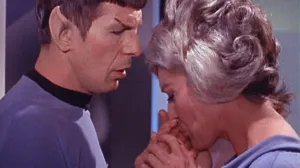Few series have made such an impact on TV history as Twin Peaks. Created by David Lynch and Mark Frost, it was one of the first shows to really push the envelope, mixing mystery, surrealism, quirky humor, and raw emotion – all set in a seemingly quiet town hiding dark secrets and horrors. However, for a lot of people, Twin Peaks isn’t just a show; it’s a full-on sensory, emotional, and often unsettling experience. So what do you watch after something that unique? Luckily, over the years, other productions have dared to go down similar paths – and some got pretty close to that same level of power. Some leaned more into realism, others went deep into the weird, but they all share that same restless energy.
Videos by ComicBook.com
If you finished Twin Peaks, fell in love with it, and were left with that existential void only it can cause, this list is for you. Here are 7 must-see shows that, each in their own way, managed to capture a good chunk of that Lynchian vibe.
1) The Leftovers
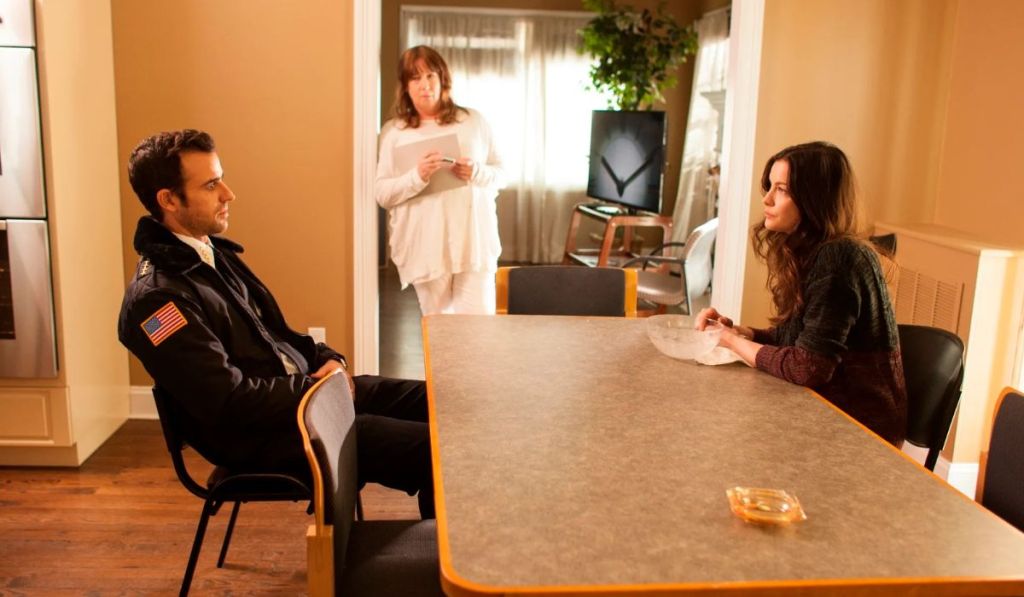
If what drew you to Twin Peaks was the mix of trauma and emotional surrealism, The Leftovers is a must‑see. The series takes place three years after the sudden, unexplained disappearance of 2% of the world’s population – an event that naturally leaves deep, irreparable scars on those left behind. But instead of chasing answers, the show dives into what comes after: emptiness, religious fanaticism, guilt, and hopelessness. Like Twin Peaks, the mystery is just the starting point for something much more human and emotionally layered.
But what sets The Leftovers apart is how it uses the strange to explore topics of existentialism. Each season shifts in tone and structure, but the sense of unease and introspection never goes away. Some episodes feel more like emotional experiences than traditional storytelling, with scenes that hit hard and leave you thinking. If Twin Peaks is about a town processing the pain of a single loss, The Leftovers is about a world trying to move forward without knowing if there’s any point in going on.
2) The X-Files
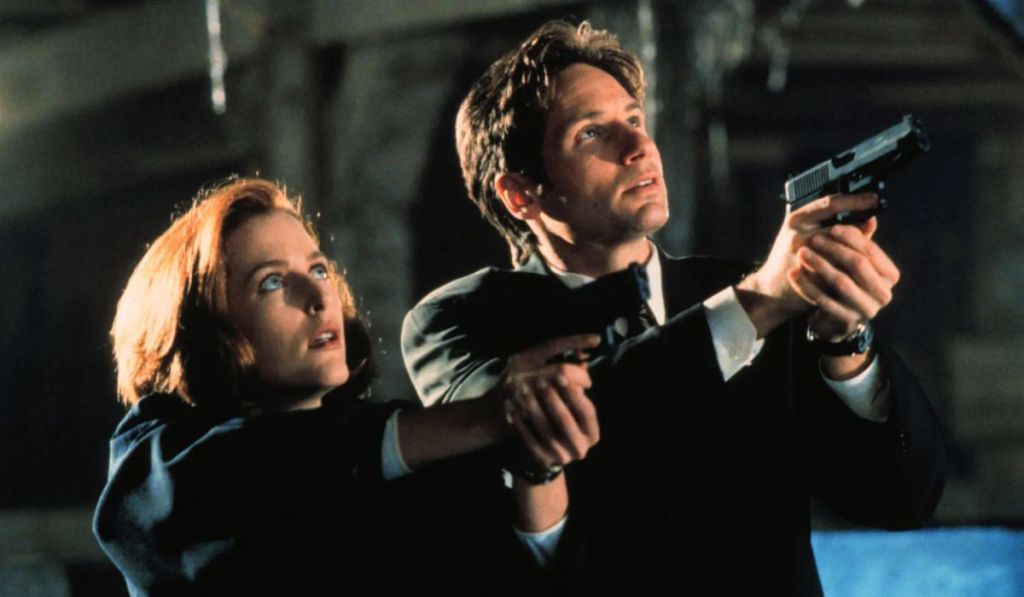
For those who enjoy the investigative and paranormal side of Twin Peaks, The X-Files is the most natural next step. The show follows FBI agents Fox Mulder (David Duchovny) and Dana Scully (Gillian Anderson) as they investigate cases that defy explanation (from alien abductions and strange creatures to shady government conspiracies), all while dealing with their own personal baggage. Even with a more procedural format, it manages to capture that same tension between skepticism and belief, logic and the absurd. Like in Twin Peaks, there’s a constant sense that the world is hiding forces beyond our understanding.
The strength of The X-Files is in its versatility. It knows when to be dark, when to lean into humor, and when to fully embrace the unsettling. While its aesthetic isn’t as stylized as Lynch’s, the use of sound, silence, and physical performance is consistently sharp. The development of Mulder and Scully is also a highlight, bringing emotional depth to an otherwise dense and twisty mythology. If you’re into stories where the bizarre quietly slips into the everyday, this one’s an easy recommendation.
3) Dark
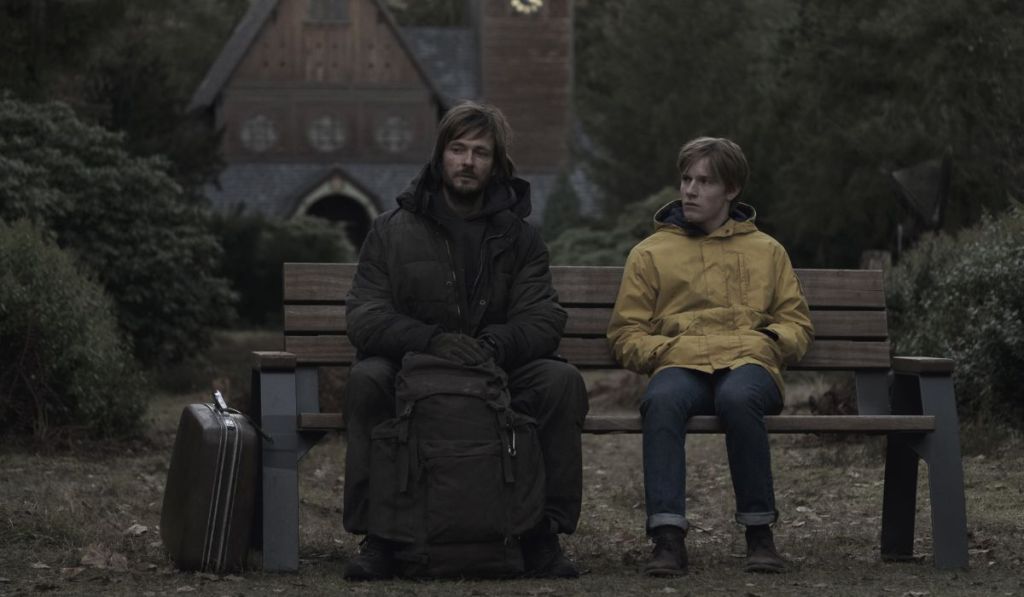
Dark may start out as just another missing person story, but it quickly becomes something far more ambitious. The series follows the disappearance of a child in the fictional German town of Winden, which sets off a chain of revelations involving time travel, buried family secrets, and a cycle of events that’s been repeating for generations. It’s the kind of story where every detail matters, and nearly every character exists in multiple versions. The eerie atmosphere, heavy symbolism, and the idea of predestination all echo Twin Peaks (though Dark leans into a colder, more deterministic tone).
Visually, the show is bleak, controlled, and relentlessly tense. The soundtrack heightens the constant sense of menace, and the dialogue carries emotional weight almost every step of the way. Dark is a show that demands your full attention and patience, but pays off with shocking twists and a rare narrative consistency for something this complex. As in Twin Peaks, the sense is that time, memory, and fate are folding in on themselves; and the real mystery isn’t just what happened, but what people are willing to confront about themselves. This is easily one of the most rewarding watches on the list.
4) The OA

The OA is the kind of show that refuses to fit into any traditional category, which already makes it feel close to Twin Peaks. It starts with Prairie Johnson (Brit Marling), a young blind woman who disappeared for seven years and then comes back with her sight restored, claiming she lived in another dimension. From there, she brings together a group of strangers to share her story and teach them movements that supposedly let you cross between realities. Yes, it sounds strange and wild, but that’s exactly what makes it work.
This is a show that’s definitely not afraid to take creative risks. Using non-linear storytelling and surreal performances, The OA constantly challenges what audiences expect from typical TV. It can come off as pretentious at times, but there’s a genuine sincerity and deep emotional core beneath it all. If you mainly think of Twin Peaks: The Return, this series demands you accept absurdity as part of its own internal logic – and once you do, the payoff is huge. It was canceled, but it’s still absolutely worth watching (especially since there’s still a chance it might come back).
5) The Killing

The Killing takes a more straightforward and realistic approach to the small-town mystery, but without losing the emotional depth that Twin Peaks fans appreciate. The series follows detectives Sarah Linden (Mireille Enos) and Stephen Holder (Joel Kinnaman) as they investigate the murder of teenager Rosie Larsen (Katie Findlay) in Seattle. The case unfolds slowly across episodes that can feel heavy and quiet, gradually peeling back the layers of the victim’s life, her family’s secrets, and the local political landscape.
This is another police drama, but one that refuses to rush, which makes it deeply engaging if you’re willing to dive in. The atmosphere is carefully crafted: constant rain, a subtle soundtrack, and understated performances. Like Twin Peaks, it’s focused on showing the ripple effects of crime, and not just on the perpetrators but on everyone involved. Plus, The Killing nails creating flawed, vulnerable characters whose personal choices directly affect the investigation. There’s no surrealism here, but the emotional weight is just as heavy and suffocating.
6) True Detective
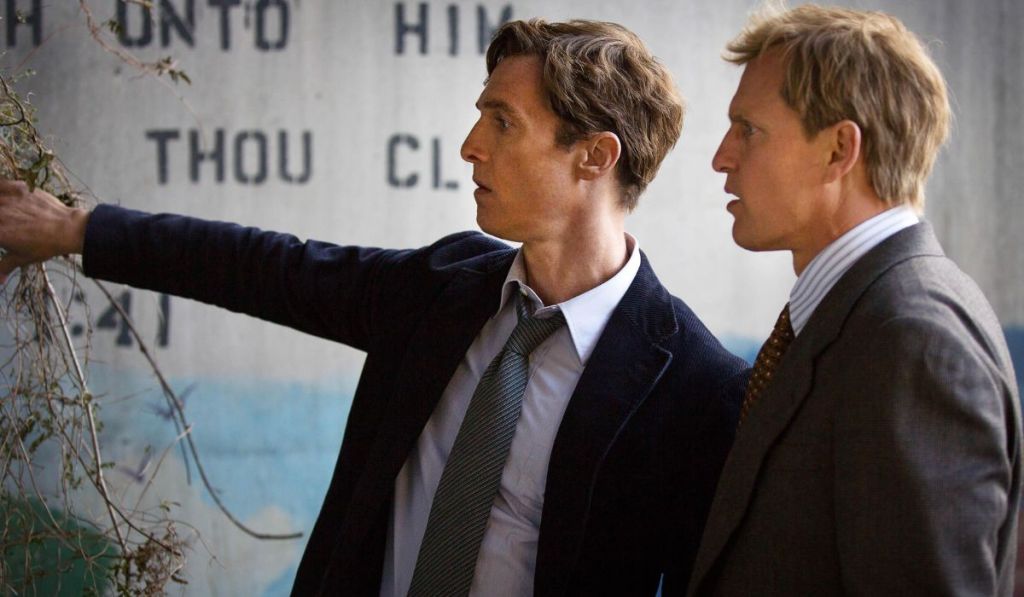
With its anthology format, the first season of True Detective offers everything a Twin Peaks fan could want: a gripping mystery, a heavy, oppressive atmosphere, and a tormented protagonist lost in his own mind. The story follows detectives Rust Cohle (Matthew McConaughey) and Marty Hart (Woody Harrelson) as they investigate a ritualistic murder in Louisiana, bit by bit exposing secrets involving abuse, odd symbols, and a lot of corruption. It’s definitely a crime story, but the tone feels more like a philosophical nightmare.
Visually and narratively, this season flirts with the surreal while still grounding itself in reality. The symbolism runs deep, and though the pace is slow, it’s hypnotic. Rust, especially, fits the kind of character Lynch loves to explore: like Dale Cooper (Kyle MacLachlan), someone who sees the world too clearly and is trapped in a constant internal collapse. It’s not a comforting show, but its atmosphere is undeniably powerful and gripping.
7) The Twilight Zone

If you want to understand where Twin Peaks got some of its DNA, The Twilight Zone is a great place to start. The original show, created in the ’50s, features standalone stories where ordinary people end up in absurd situations, often blending psychological horror with something to say about the real world. The focus is always on the breakdown of normal life, which is something Twin Peaks took to the extreme by turning everyday town life into a stage for bizarre events and strange symbols.
Despite its simpler, episodic format, what The Twilight Zone shares most with Lynch’s work is its fascination with characters on the edge of something they can’t grasp (whether that’s time loops, identity shifts, or encounters with the unknown). Some episodes, like “Mirror Image” or “The After Hours,” almost feel like prototypes of Twin Peaks scenes. If you enjoy stories that raise more questions than answers and turn the ordinary into something threatening, this classic still has a lot to offer.





